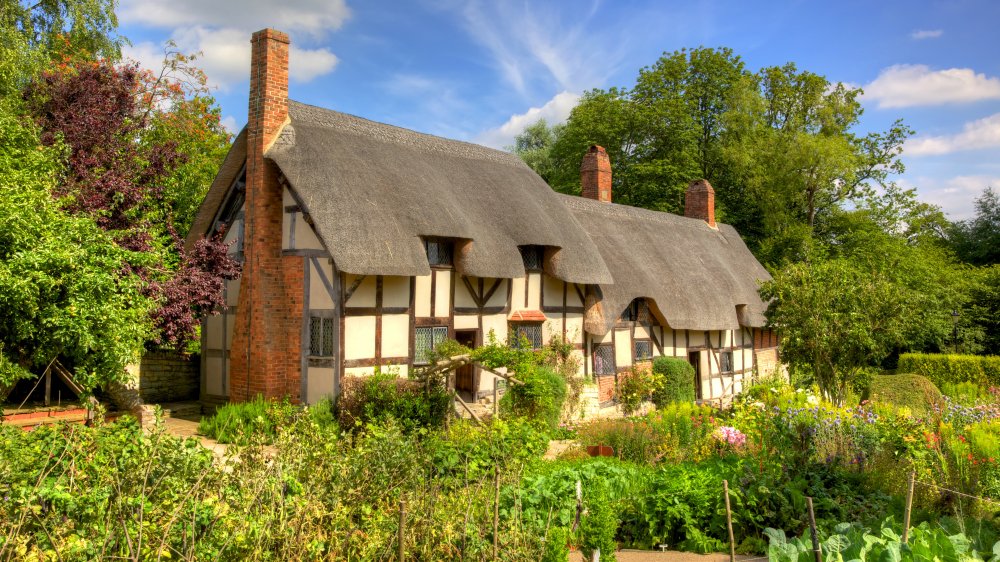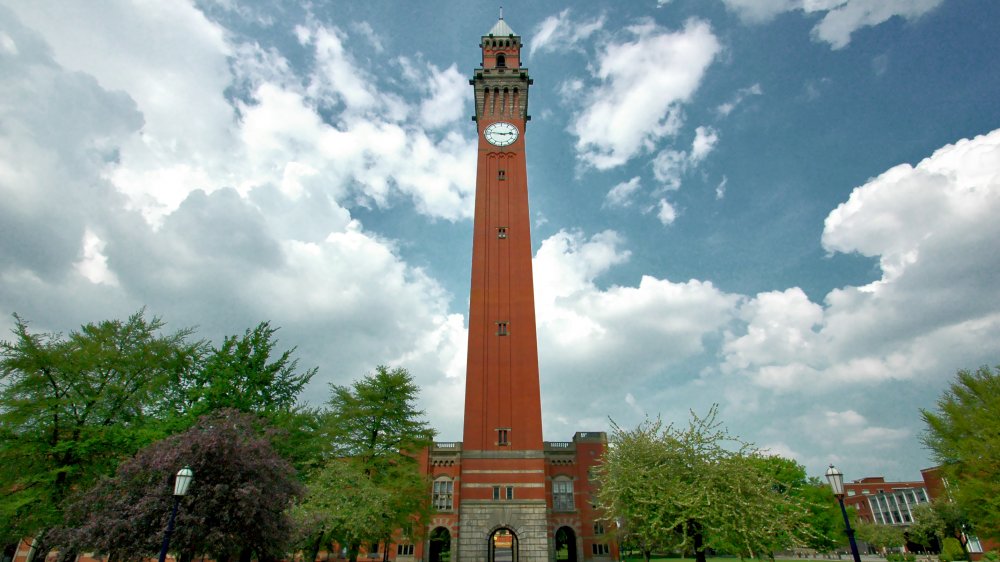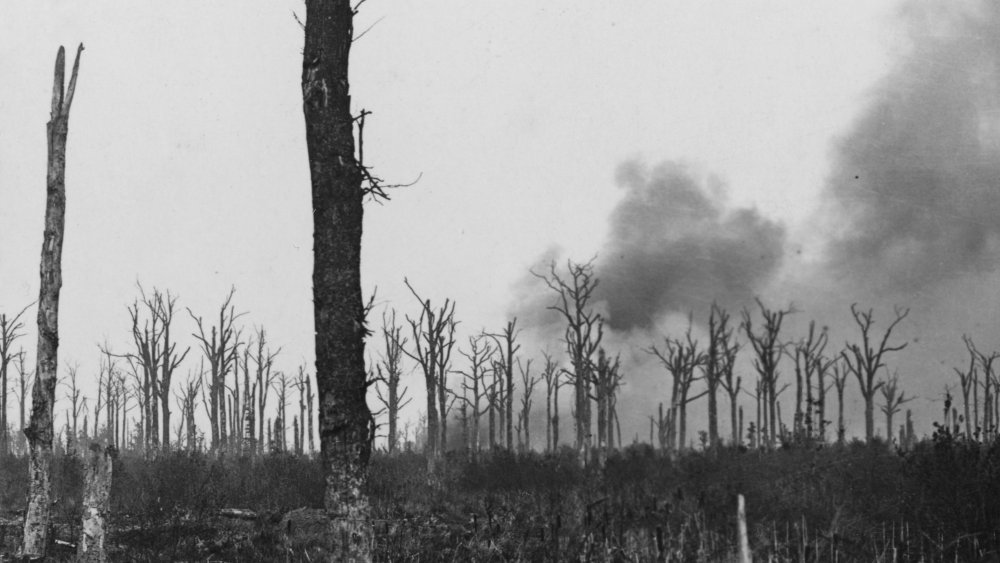This Is The Inspiration For The Lord Of The Rings' Middle Earth
"Fly, you fools!" Sure, it's what Sugar Ray's Mark McGrath just wants to do, but it's also one of the more memorable quotes from the Lord of the Rings series, courtesy Gandalf the Grey. J.R.R. Tolkien's series itself is right up there with the greatest works of literature of our time. Unforgettable characters? Check. Epic action? Yes. Po-ta-toes? Boil 'em, mash 'em, stick 'em in a stew. The immersive quality of the world is unrivaled — from the quaint charm of Bag End to the desolation of Mordor, it just feels so real. In a way it is.
That's because Tolkien's inspiration for the settings for Middle Earth largely came from his home city of Birmingham and its surrounding Midlands. No, not the Alabama home of actor Glen Shadix, voice of the Mayor of Halloween Town in The Nightmare Before Christmas. We speak, of course, of Birmingham, England, the UK's second-largest city.
Tolkien was a towering intellect
For example, the BBC reports that "The Shire was 'more or less a Warwickshire village of about the period of [Queen Victoria's] Diamond Jubilee' in 1897, according to Tolkien. And Hobbiton? "Inspired by a few cherished square miles of actual countryside at Sarehole," a Birmingham village where Tolkien spent his youth.
There is reason to believe that the series' eponymous towers had their basis in Birmingham, which features numerous notable obelisks. There are Perrott's Folly and the Waterworks Tower in the Birmingham suburb of Edgbaston, a boyhood residence of Tolkien's, and notably, an illuminated clock tower at the University of Birmingham, visible throughout the city, suggested as inspiration for the omniscient "Eye of Sauron".
Beyond Birmingham, the idea of the ring itself may have come from a 1929 experience of Tolkien's near Lydney Park in Gloucestershire. Then a professor of Anglo-Saxon at Oxford University, he visited an archaeological dig at the estate on the site of a Roman temple, known as Dwarf's Hill. BBC writes: "It is thought that he was then told about an inscribed gold ring found in a Hampshire field in 1785, also linked to a Roman curse tablet discovered at Dwarf's Hill. Tolkien is believed to have started writing The Hobbit, about a Halfling who finds a cursed ring, a year later."
Somme-things are unforgettable
Many other locations have their roots in real locations and experiences of Tolkien's. Rohan and Gondor are thought to draw upon his boyhood time spent in the Midlands, and Rivendell drew upon a 1911 trip to Switzerland. Perhaps most haunting of all, Tolkien once stated the Dead Marshes and Mordor's Black Gate "owe something to Northern France after the Battle of the Somme," despite a hesitancy to link the World Wars with his writing.
While we can draw clear parallels between Tolkien's life and LOTR, the brilliance of his imagination can't be understated. As he wrote in the foreword to the second LOTR edtion: "An author cannot of course remain wholly unaffected by his experience, but the ways in which a story-germ uses the soil of experience are extremely complex, and attempts to define the process are at best guesses from evidence that is inadequate and ambiguous."


